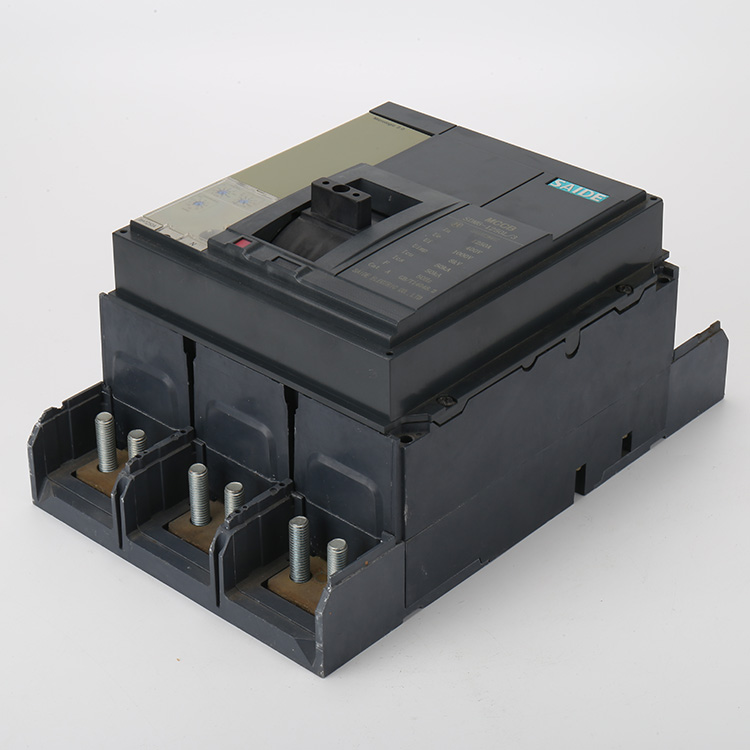Working principle and classification of molded case circuit breakers
2023-07-27
Working principle and classification of molded case circuit breakers

The main contact of the low-voltage circuit breaker is closed manually or electrically. After the main contact is closed, the free tripping mechanism locks the main contact in the closing position. The coil of the overcurrent release and the thermal element of the thermal release are connected in series with the main circuit, and the coil of the undervoltage release is connected in parallel with the power supply.
When the circuit is short-circuited or seriously overloaded, the armature of the over-current release will pull in to make the free tripping mechanism act, and the main contact will disconnect the main circuit.
When the circuit is overloaded, the heating element of the thermal tripper will bend the bimetal sheet, push the free tripping mechanism to act, and the main contact will disconnect the main circuit.
When the circuit is undervoltage, the armature of the undervoltage release is released, which also makes the free tripping mechanism act, and the main contact disconnects the main circuit.
When the shunt release button is pressed, the armature of the shunt release is attracted, the free tripping mechanism is activated, and the main contact disconnects the main circuit
Low-voltage circuit breakers are classified according to different extinguishing media. circuit breakers that use air as the arc-extinguishing medium are called air circuit breakers (air switches); circuit breakers that use inert gas as the arc-extinguishing medium are called inert gas circuit breakers. Circuit breakers (inert gas switches); circuit breakers that use oil as an arc-extinguishing medium are called oil circuit breakers (oil switches).

The main contact of the low-voltage circuit breaker is closed manually or electrically. After the main contact is closed, the free tripping mechanism locks the main contact in the closing position. The coil of the overcurrent release and the thermal element of the thermal release are connected in series with the main circuit, and the coil of the undervoltage release is connected in parallel with the power supply.
When the circuit is short-circuited or seriously overloaded, the armature of the over-current release will pull in to make the free tripping mechanism act, and the main contact will disconnect the main circuit.
When the circuit is overloaded, the heating element of the thermal tripper will bend the bimetal sheet, push the free tripping mechanism to act, and the main contact will disconnect the main circuit.
When the circuit is undervoltage, the armature of the undervoltage release is released, which also makes the free tripping mechanism act, and the main contact disconnects the main circuit.
When the shunt release button is pressed, the armature of the shunt release is attracted, the free tripping mechanism is activated, and the main contact disconnects the main circuit
Low-voltage circuit breakers are classified according to different extinguishing media. circuit breakers that use air as the arc-extinguishing medium are called air circuit breakers (air switches); circuit breakers that use inert gas as the arc-extinguishing medium are called inert gas circuit breakers. Circuit breakers (inert gas switches); circuit breakers that use oil as an arc-extinguishing medium are called oil circuit breakers (oil switches).




